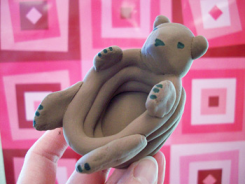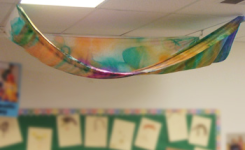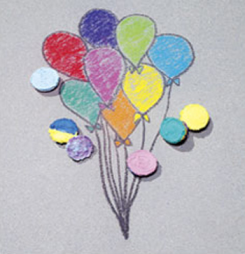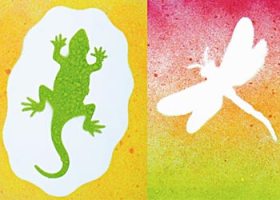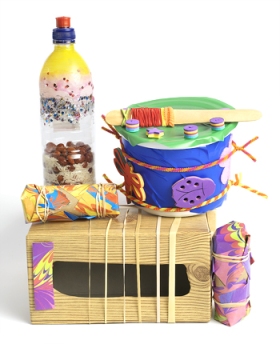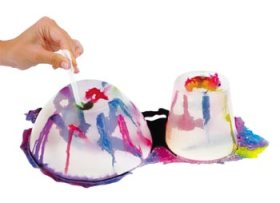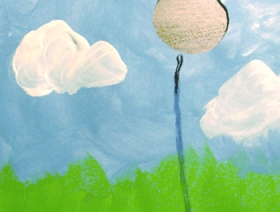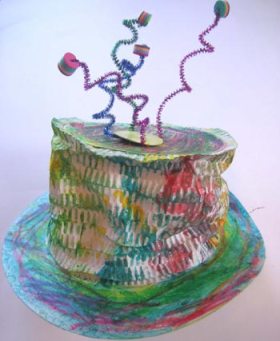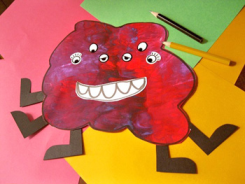
Submitted by: Yasmeen El Dahan
Children will learn about parts of body while making crazy, silly monsters!
Goals:
- To learn about the parts of the body and face with a creative craft
- To encourage individuality and to understand that we are all unique
- To exercise fine motors skills
Before You Start:
Each child will need a sheet of thick construction paper, paintbrushes and paint! You will also need to gather glue, yarn, wiggly eyes and/or sticker eyes, scissors, crayons, markers and other collage materials. You can also start off this activity by reading a book about monsters!
Let’s Get Started!
Step 1.
Give the children a piece of paper and paints. Have them paint the whole sheet of paper, mixing colors and allowing them to be creative!
Step 2.
Once the paint is dry, explain to the children that they are going to make ‘monsters’ from their artwork. Ask them if they see a shape in what they have painted. Give them markers and crayons, and encourage them to draw a shape for their monster’s body.
Step 3.
Talk about the parts of the body, how people have two legs, two eyes, two arms, one nose, one mouth, etc. But, monsters are different! They can have as many or as few body parts as their creators like. Then, they can cut out the outlined shape, the body of their monster. Younger children may need help with this part.
Step 4.
Let each child have access to wiggly eyes, glue, scissors, crayons, yarn and construction paper. They can start making their monsters any way they like. It’s fun to ask them how many eyes or legs their monsters will have and see them think up the largest number they know. For other body parts, depending on the age and skill level of the children, you can either give them construction paper pre-cut into arms, legs, noses, ears, mouths, etc., or give them construction paper to draw on and cut out. Let them glue the body parts all over the monster. You can also give them yarn to make hair!
Step 5.
Once their monsters are done, have children bring their monsters to the carpet/circle time gathering, and discuss them one by one. This is a great opportunity to talk about individuality, how it is good to be unique and how, like our monsters, we are all different. You can then move onto the children themselves and discuss their similarities and differences. How are their monsters similar to us and how are they different?
Furthermore:
This is a very flexible theme; you can focus simply on numbers (this monster has ten eyes, but we have only two), or you can discuss placement (this monster’s legs are on his head!) and even colors. For example, you may ask, “What color are the monster’s eyes? What color are your eyes?” The monsters make a fun display for bulletin boards. There are lots of different themes that you can apply with this activity; you can do it while learning the letter M, for Halloween, for a unit on ‘same and different’ or even a unit on friendship.
Products You May Need:


